More on Stipe Ivanisevic
More on John Philip Newell
Find more on Suzanne Paddock at www.suzannevpaddock.com
Find more on Padraig O Tuama at www.padraigotuama.com
Find more information about Kathy Keler at www.kathykeler.com
Find more on Mary Grace Thul at sistermarygrace.artspan.com/
One of the most haunting verses of devotional poetry I ever encountered was in Hans Urs von Balthasar’s The Way of the Cross. In the final station, Jesus’ corpse has been taken down from the cross, the body is swathed according to custom, and laid in a tomb … and von Balthasar suggests that a great and festive liturgy of forgetting begins. So already his unquiet image haunts heads and hearts. Already the spirit is freed. Already the Easter question takes shape … But silently. For tomorrow is only Holy Saturday. The day when God is dead, and the Church holds her breath. That strange day that separates life and death in order to join them in a marriage beyond all human thought. We wait for justice a lot! It seems to us that we hold our breath many more days of the year than this one solemn and holy-Saturday. Our world seems to endlessly churn out events in which we question the existence of a god or we feel ensnared or helpless or lost. Portiuncula Guild offers the following images and prayers as a rumination for the coming days. These four images were created by profoundly insightful local artists. We bring together as a tiny Triduum exhibition. Our simple aim is to juxtapose these images with the prayer of the church and give us an opportunity to think about the causes, situational factors, and consequences of so many negative emotional experiences that surround us at this moment. During these holiest of days … art and prayer and politics collide in narratives of the passion, death and resurrection. Tyrants and priests, apostles and unbelievers, history and current events, faithfulness and betrayal, partisans and zealots all become characters or themes in a great cosmic drama set within a regional struggle for political power, religious belief and economic control. If the Easter question can take shape amid that narrative … maybe, just maybe we too can hold our breath … and wait … and believe that in our current situation there is the possibility of resurrection and new life. Holy Thursday
Good Friday
Easter Vigil
Easter Monday
Goose Creek Studio was pleased to partner this year with a dozen or so local businesses, community organizations and the Town of Bedford to bring renewed life to our beleaguered farmers market. Under the leadership of a management team and our new market manager, the growth of and changes to the market have been no less than miraculous. Good things happen when the community comes together, and as a result, the market has become a place of community pride and witness to the entrepreneurial spirit of local area farmers and artisans. But this is not a reflection on the local farmers market, but an exploration on the transformative power of art. Early in the market season, we asked local photographer Robert Miller to shoot images of vendors and shoppers, as well as the rich variety of produce and products that would be for sale. We commissioned Miller for the task because we wanted more than just a visual record. We wanted him to capture the new life and the renewed energy emerging from the market and this collaborative community spirit. We had long admired the work Miller has done documenting events at the Sedalia Center, Bower Center for the Arts, 2nd Fridays, Centerfest and of course, our own events at Goose Creek Studio. In his engagement with this community over the past several years, Miller has revealed the transformative power of the photographic image to build community identity. Miller’s work creates a very different kind of art exhibition and a fresh way of seeing. His work is not stagnant or isolated to the obscurity of the white walls of the art gallery, but is a living art found regularly in the local newspapers and his consistent social media posts. He has a talent for capturing the vitality and creative spirit of an event and getting those images back out into the wider community, and thus, his art engages us in ways traditional art exhibitions rarely do. Gallery shows are often quiet and somber affairs as individuals silently contemplate a picture on the wall. Miller’s social media posts of events he has photographed provide a very different way of encountering the visual image. Miller creates a community conversation that is more dialogue and discovery than aesthetic contemplation. The community claims ownership of his work as they see themselves, their friends and the vitality of their community in his images. In many ways it hearkens back to an older understanding of the artists/artisan as a servant of the community’s ritual moments. Miller’s photographs are not just documentary, they are an art form. He intentionally manipulates and filters the events that he shoots. A recognizable hallmark is his use of very bright and saturated colors. For Miller, the art making process only begins with what he sees through the lens and the click of the shutter. The power of his art is not just in his ability to choose a moment in time, compose a balance composition or even master the mechanics of his camera. The art making process really happens after Miller gets home and starts to process his images and weaves his shots into a more all-inclusive storytelling. The processing of his images post event becomes a critical component for making the image speak beyond the particulars of a moment in time. Great art is never solely about the artistic skills of an individual. Rather, great art captures and communicates something important about a particular time or people. And in that desire to communicate, great art seeks truth and is often willing to bend the visual particulars to seize the narrative thread. For Miller to capture the essence of an event, he needs to literally change or embellish what the camera has captured. We all do the same thing in our own story telling and remembering. In fact, manipulation, embellishment or hyperbole are often critical ways to emphasize the role of an individual or the narrative of a story. “My grandma made the best cookies in the world.” The truth of that statement is not in the verifiable accuracy of the facts or grandma’s culinary skills, rather, the statement communicates the quality of a relationship. The true superiority of grandma’s cookies can only be understood in the depth on a relationship to her, and to communicate the depth of that relationship requires creative emphasis. If we focus only on the detail, we can miss the essence and the transformative power of a story. Great art often communicates in much the same way. In the same way Miller manipulates the image digitally to capture the truth in his seeing. Digital manipulation, filters and rich saturated colors are his tools for storytelling by serving as a way to concentrate on the narrative action. Miller understands the relational complexities of any event and works to capture a rich variety of vignettes. A single image can never hold the weight of an entire community gathering. And since the camera can only capture a momentary vignette within the rich complexities of ongoing actions, objects and relationships, Miller’s documentation of an event must be viewed through holding the multiple images together as a single thread. When photographing a public event, Miller focuses his camera on people in relationship to one another, in relationship to their career or trade, or in the expression of their individuality or personality. He weaves each vignette he captures into the larger mood of the day. A series of ordinary moments that take on more universal qualities and a more complete story of who and what this community is or seeks to become. In an arts community with an almost obsessive preoccupation with the more established forms for celebrating merit is artistic achievement … the gallery exhibition, sales or awards, Miller is forging a new (and maybe healthier) way for art to engage the community and for the community to encounter the transformative power of art.
The message Miller communicates is not focused on an individual or object, but rather in the space that is created between the individual and object. Miller’s images communicate a quality of a relationship. His art is about shaping community identity by crafting images of who we are and what we do. - MEB & VPE Mitchell and I made a commitment this year to keep Sabbath … a day set apart to reconnect with what is truly of value and importance … a day to live as God intended us to live and not tied to work, marketplace or consumerism. We fail miserably at this!
I have wanted to do a blog for years … to get those consistent voices and ideas out of my head and into print … so people smarter than me can comment and reflect … or point out my misdirection. So … here it goes. Remember how bad I said Mitchell and I are at keeping Sabbath … so you will not have to endure these reflections regularly! THE WHITE BOX “The White Box” or “The White Cube” is a term some art historians and art theorists use to describe the modern art gallery and museum experience as a special place set apart to allow human beings to be in solitude with the art they have come to see, admire and be inspired by. The design of the space … even the journey from the parking lot through the entry way … is purposely designed to transition the potential viewer from the chaos and distractions of the real world and into a world of aesthetic contemplation. This model holds that the object we set apart has the power to transform human lives. I have come to believe more and more that the white box/cube misses the mark and distorts the understanding of the ultimate purpose and power of art. My faith tells me that our relationship and interactions with our world (natural and human) are our primary form of growth and transformation and change. Transformation happens in the messiness of a life lived in relationship … even the chaos and distractions. Likewise, great art emerges from a desire to visualize the human struggle to transform our world … a return to Sabbath if you will. Any model for experiencing art that separates it from the real world experiences that actually inspired their creation builds a wall around the art object and obscures and truncates its work in the world. By separating experience from both the object and the artistic process, the white box/cube is asking and expecting art to do something art cannot do by itself. Art was not conceived in isolation (although the artist might need time alone to produce the work), so the way we view art should reflect the way in which it was conceived and brought into being. Every time I go into local bistro Town Kitchen & Provisions (TKP) I get the feeling that the way we view art … and celebrate art … needs to evolve. At TKP folks experience art in the primary way that humanity forms a relationship, a family, and a community … at a meal! Art becomes a conversation between friends … or the backdrop of a shared experience … or just the landscape of our life together. The art and the artist becomes the server and not the sideshow … not unlike owners Melanie or Jared preparing and bringing the meal to the table. The meaningfulness of the experience is not just rooted in an amazing sandwich like the “Miss Piggy” or the “Friar Cluck” … but in the relationship that is shared. While many folks found them dark, I loved that Suzanne Paddock’s work, many depicting her dad’s final days, accompanied the opening of TKP … rooting a shared meal in a new place with the visual complexity of human life and death. I love that local artisans display and sell work that folks actually take home and use. I love the playfulness of Shelley Koopmann’s vignettes as they mimic life both inside and outside the bistro. I love Carol Burnett’s primitive mixed media works that poke fun at small town life and relationships. But most of all I love that art has become a backdrop for a place of hospitality, a shared meal and transformational conversations. Art that is in relationship … not set apart. This feels like art headed in the right direction. Blessed Sabbath - VPE This vignette by Shelley Koopmann catches an overweight and balding maintenance worker hosing off three large green dumpsters. The scene appears to be in a paved alley of an apartment or office complex although the dark purplish background gives no real clues to the actual location. The worker has his back to the viewer and wears a green tee shirt, a long grey latex apron and lime green galoshes. The clothing is both protection and convenience and suggests that this task is merely one of many worker will perform today … a mandatory requirement of a shared and close living environment. Piles of collected garbage bags scattered on the ground and on top of the dumpsters suggest an inattentiveness of some to the etiquette of communal living. The wet ground catches the shine of street lights or the morning sun to reflect the brighter hues and colors of this urban landscape. The worker’s task seems near completion as an abundance of dirty water flows away from the scene into some unseen receptacle.
The refuse amassed in the complexity of our relationships with each other and the world around us, the need to regularly discard the garbage of our brokenness and the real and symbolic power of water to clean makes this a powerful image for new beginnings. All cultures and religions find ritual ways to wash and start life again as a new person. All cultures and religions recognize a weakness in the human creature that necessitates repeated chances to restore right relationships. All cultures and religions provide ways to start life over with new insights and fortified with renewed strength to do better next time. Sometimes these religious or cultural rituals are rooted in an historical event, sometimes in a mythological narrative, sometimes in the human lifecycle, and sometimes even in the turning of the seasons. Whatever the origin of the ritual, these symbolic actions are recognition of the human need and desire to seeks ways to begin again … to seek reconciliation with our families, our communities, our world and with our creator. Koopmann’s small painting captures this ancient human ritual’s most modern manifestation. The workman’s task in the darkness and even his clothing becomes an apt metaphor our desire to seek a shield from the muck we have created or to seek reconciliation outside the bright lights of accountability of life in community. Like this workman, we will hang our apron and galoshes on a hook because we know we will retreat to the privacy of the dark hours and perform this ritual again throughout our lives. But reconciliation and a truly transformative renewal require something more. For the Jewish prophet John the Baptist, reconciliation required a ritual washing done in public place in the bright light of day and in the presence of the lives and broken relationships that necessitated the cleansing. He knew that the bad choices of our brokenness can destroy the very relationships and communities that give us the ability to be the fullness of what the creator made us to be. Reconciliation is not a private action, but rather a public act of allowing the community to restore the brokenness. A truly transformative renewal requires more than a private act of atonement. For reconciliation to be complete, we cannot seek out the cover of darkness or the solitude of back alleys to fix what we broke apart. For reconciliation to be transformative, we need the bright light of day, the presence of those we have wronged and a throng of observers to keep us accountable to our proclamation and promise for new life. A long grey latex apron and lime green galoshes cannot shield us from the messiness of this course of action. I adore the way that Koopmann captures vignettes of the common practices of everyday life … our joys, our quiet moments, our day to day interactions with others … and sometimes Koopmann catches something else. - VPE |
Archives
October 2022
Categories
All
|
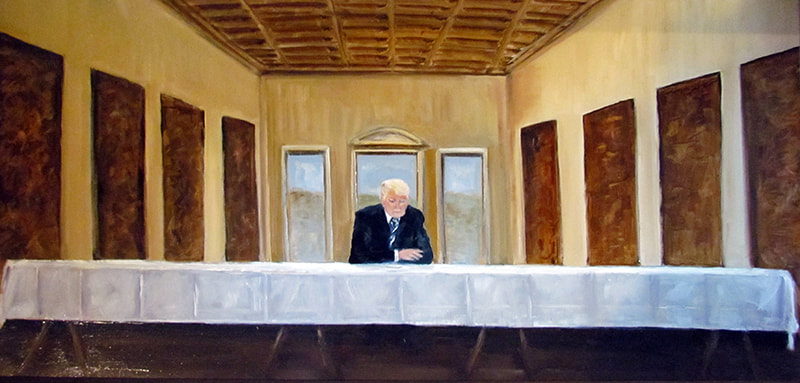
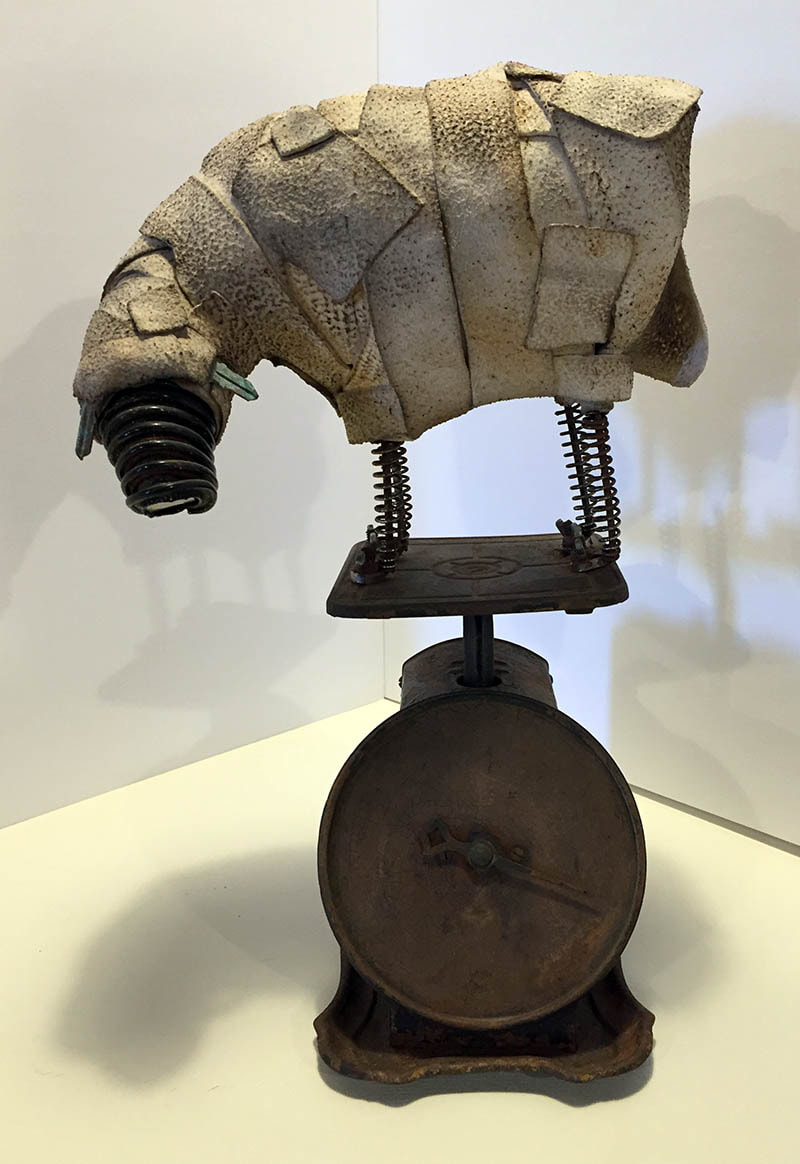
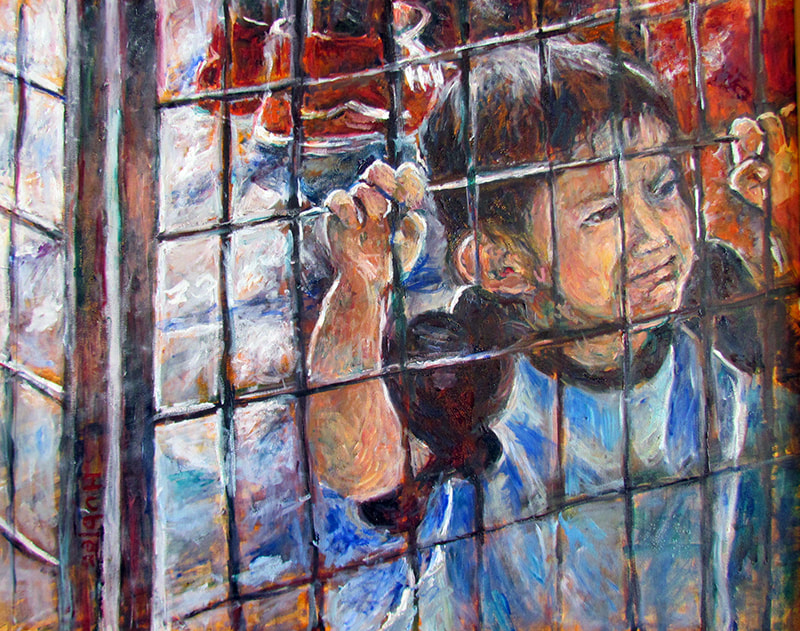
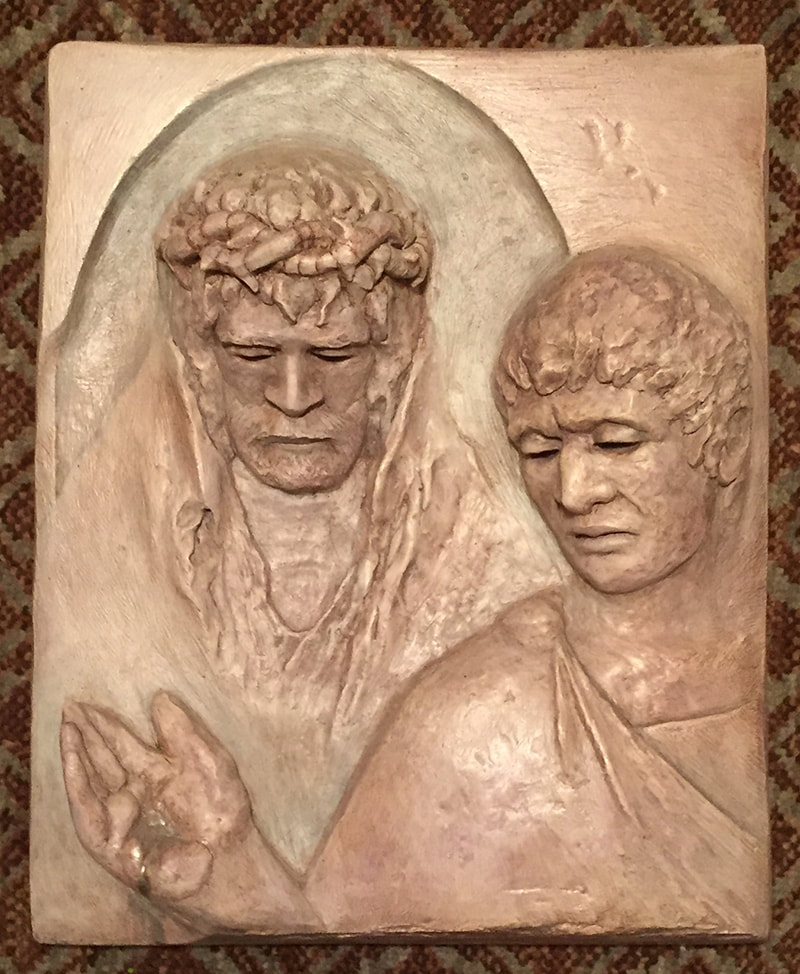
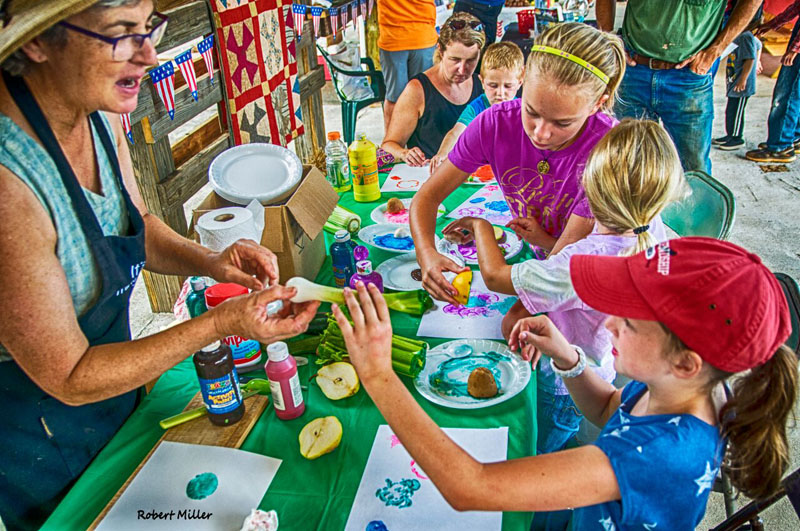
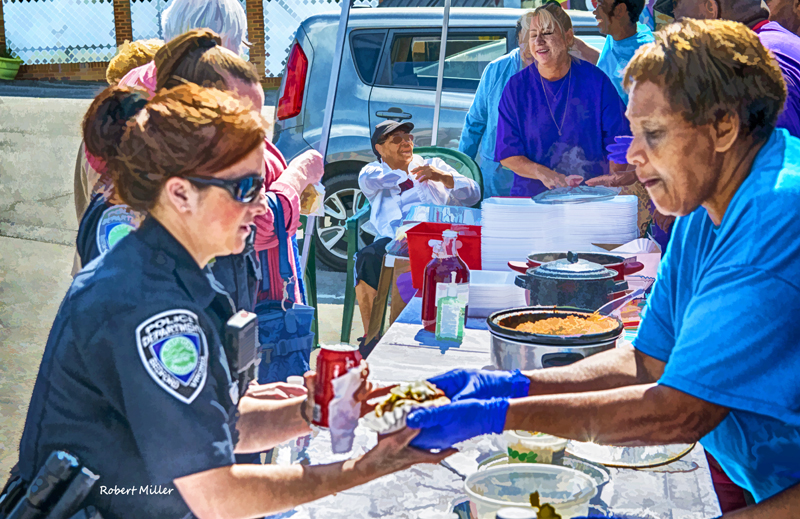
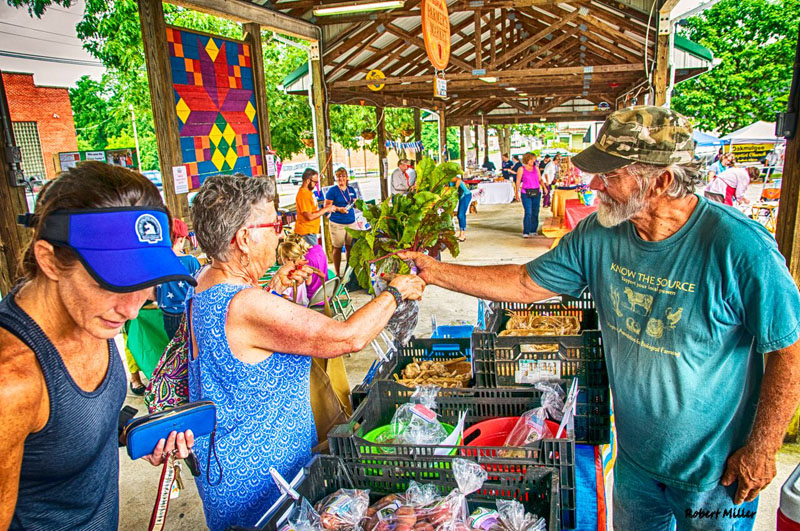
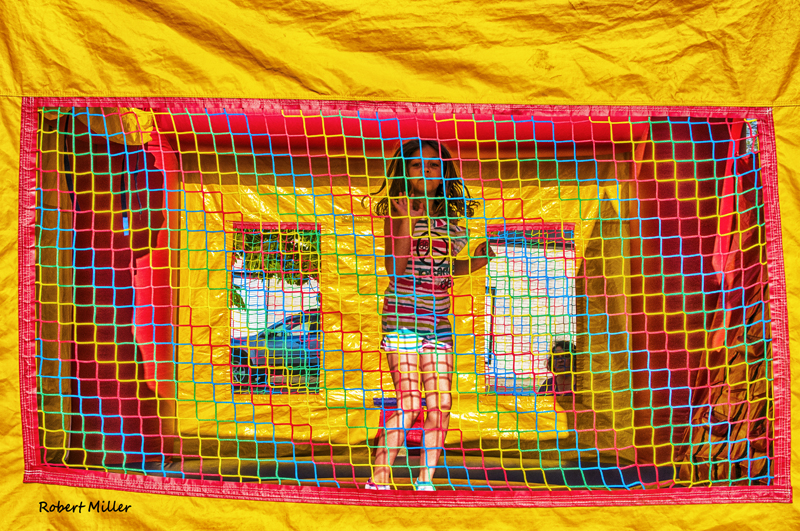
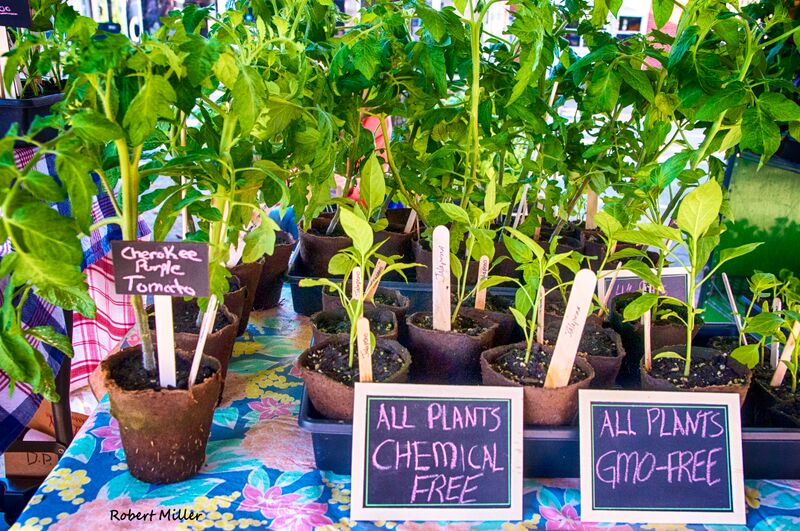


 RSS Feed
RSS Feed